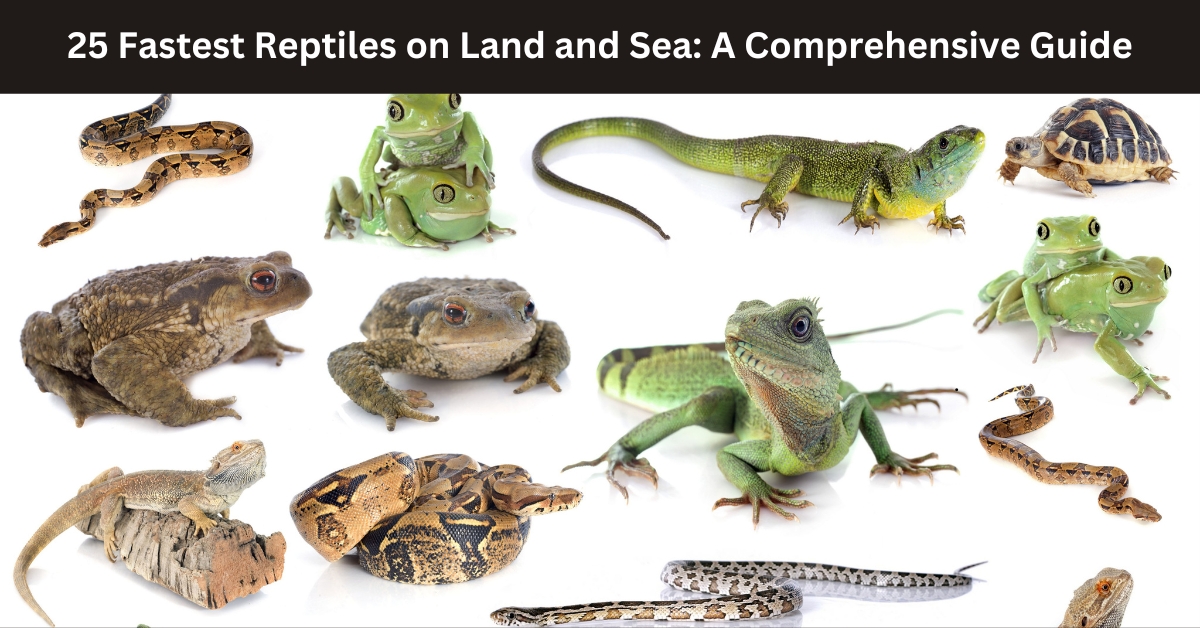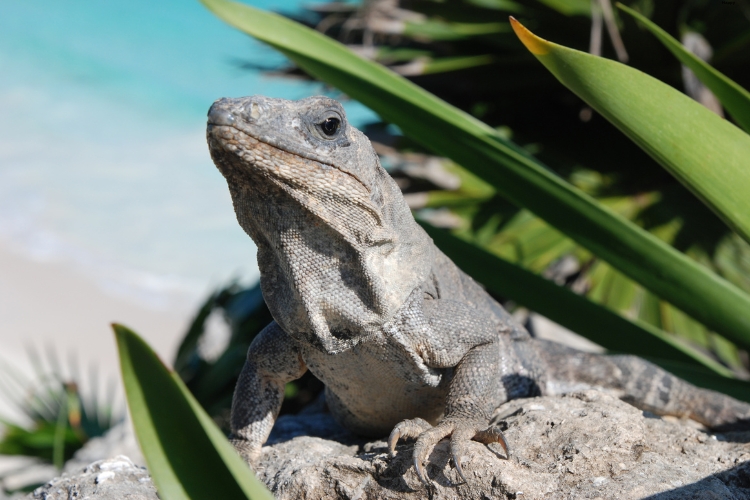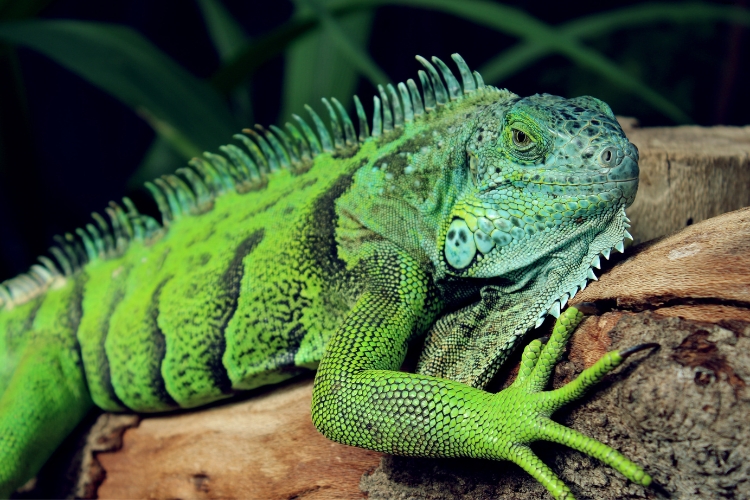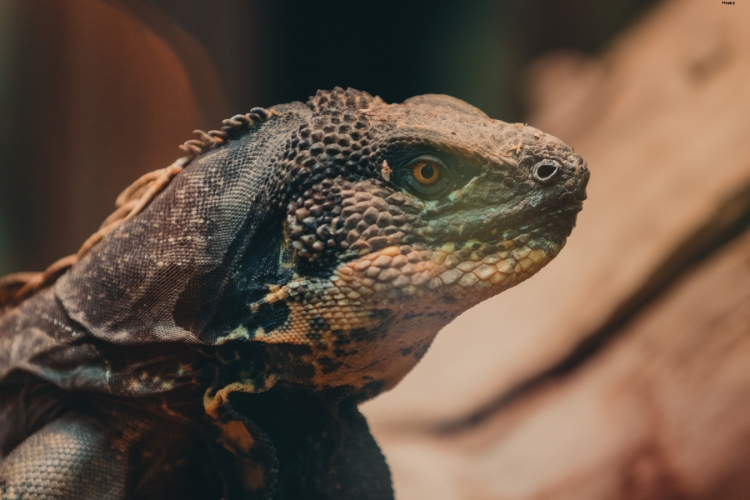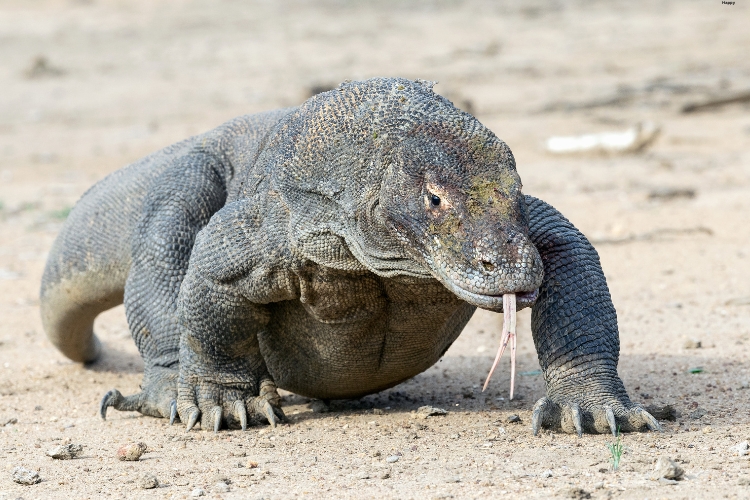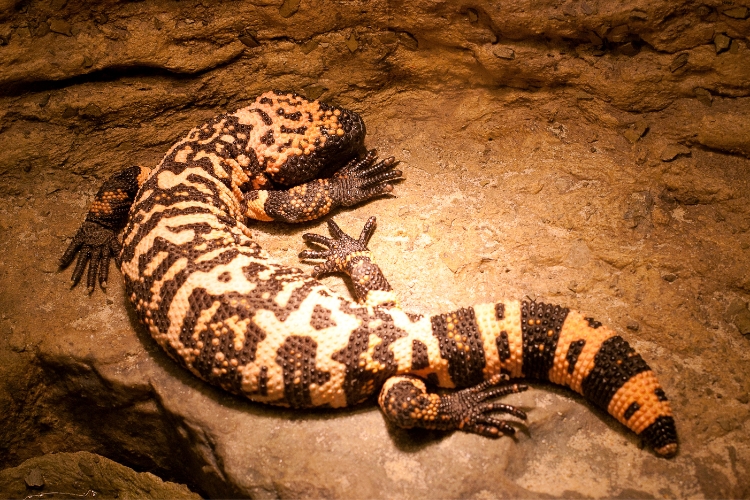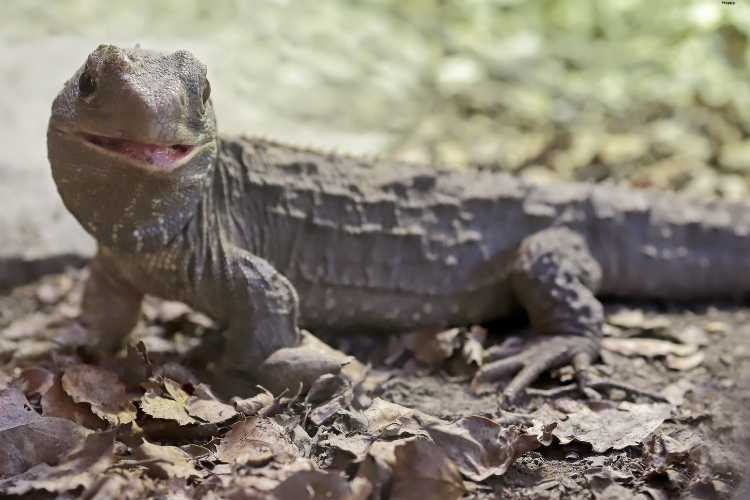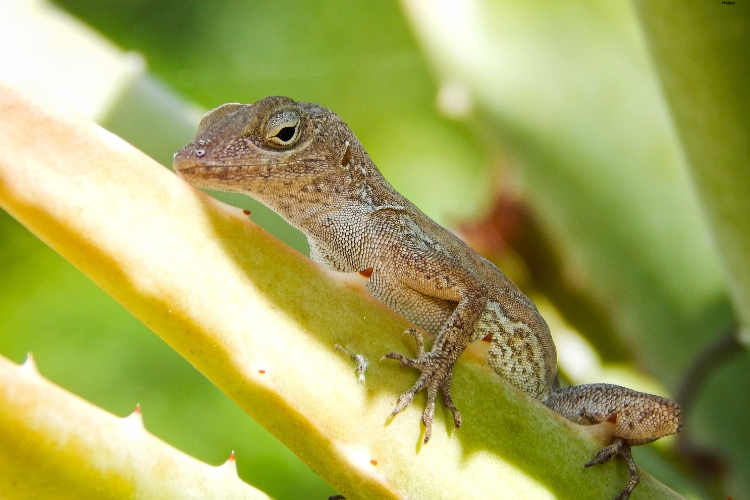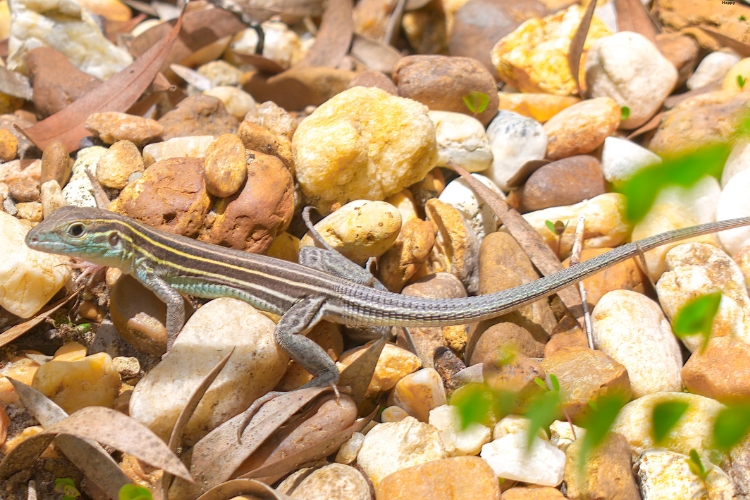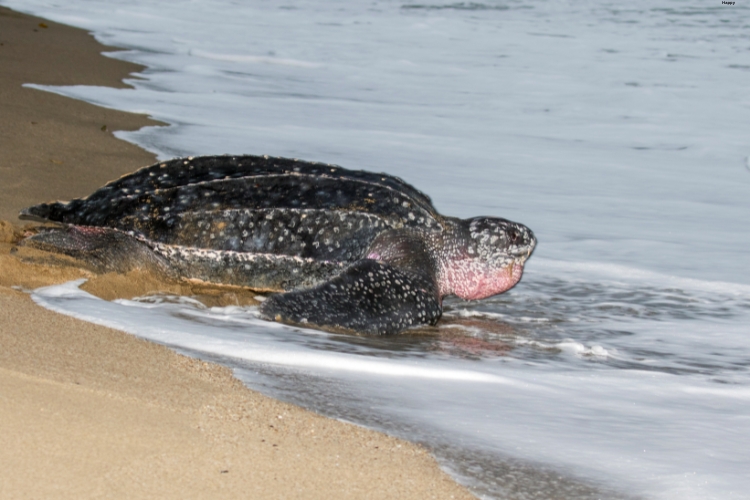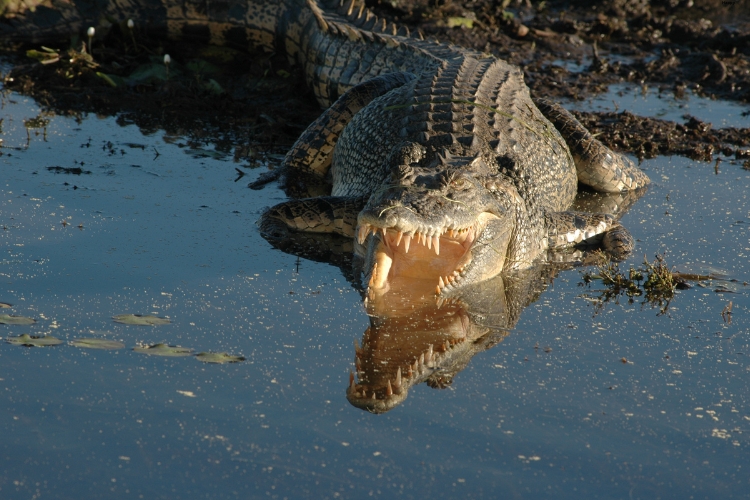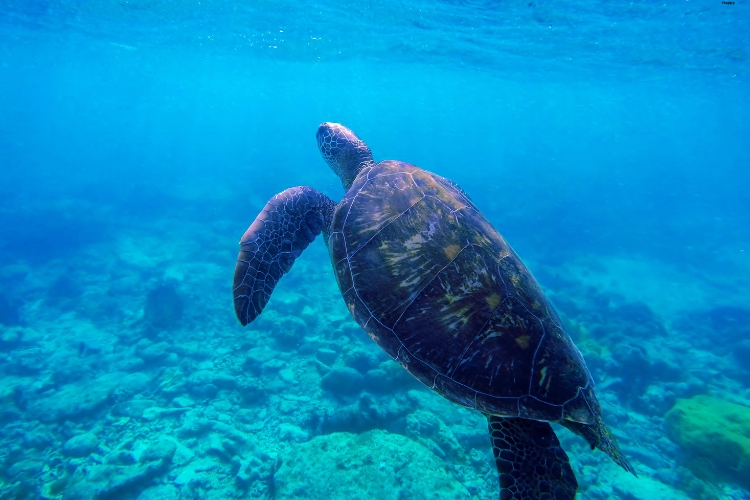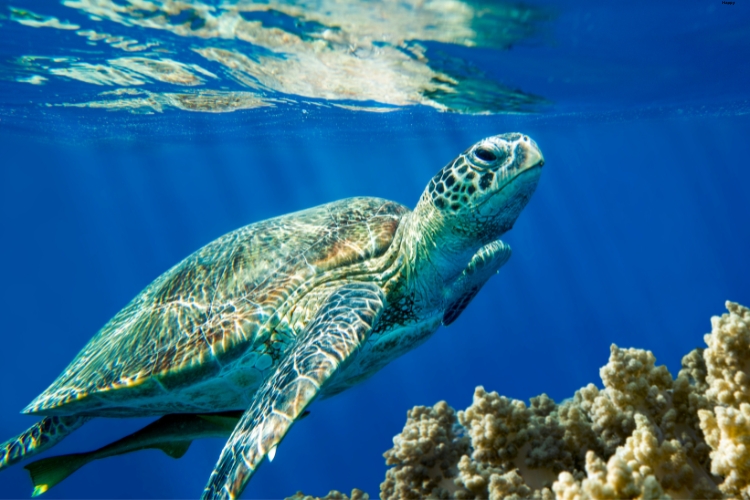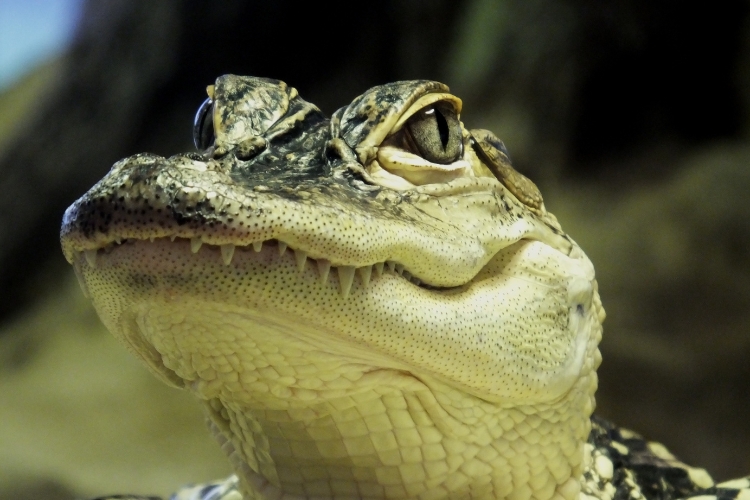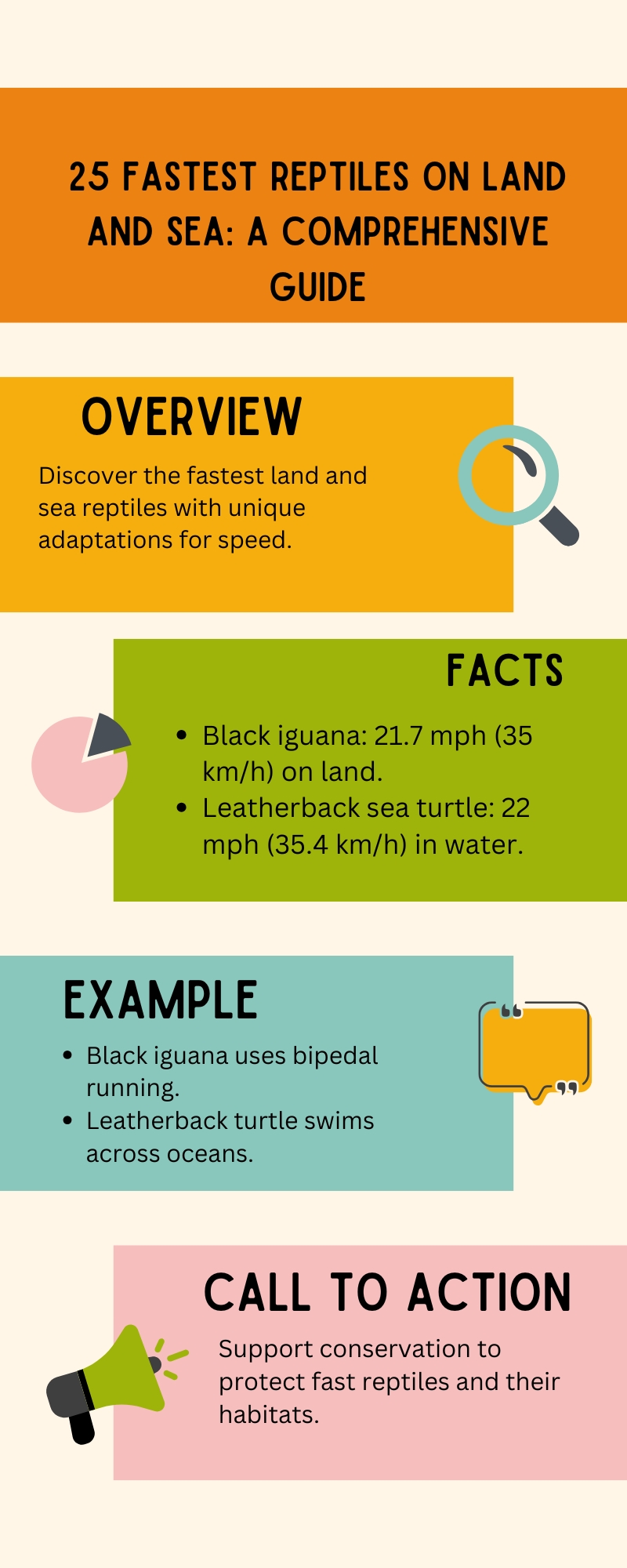Reptiles have fascinated scientists for centuries due to their incredible speed and unique adaptations. This article explores the fastest reptiles, categorizing them into land and sea species.
From the lightning-fast black iguana on land to the swift leatherback sea turtle in the water, these reptiles showcase evolutionary traits that enable them to move with impressive speed.
Understanding their speed capabilities provides insights into their behavior, survival strategies, and the conservation efforts needed to protect these remarkable creatures.
Key Takeaways
| Reptile | Top Speed (mph) | Category | Unique Feature |
|---|---|---|---|
| Black Iguana | 21.7 | Land | Can run bipedally |
| Green Iguana | 21.0 | Land | Excellent swimmer despite land speed |
| Spiny-tailed Iguana | 20.0 | Land | Spiny tail used for defense |
| Leatherback Sea Turtle | 22.0 | Sea | Lacks a hard shell, covered with a leather-like skin |
| Green Sea Turtle | 19.0 | Sea | Herbivorous diet as adults |
| Saltwater Crocodile | 18.0 | Sea | Can grow up to 23 feet in length |
| Olive Ridley Sea Turtle | 17.0 | Sea | Known for mass nesting called “arribada” |
| Hawksbill Sea Turtle | 16.0 | Sea | Critically endangered due to illegal trade of shells |
| Western Whiptail | 18.0 | Land | Some populations consist only of females (parthenogenesis) |
| Komodo Dragon | 13.0 | Land | Largest living lizard species |
Understanding Reptilian Speed
Before we dive into our list of the 25 fastest reptiles, it’s important to understand what makes these cold-blooded creatures capable of such impressive speeds. Several factors contribute to a reptile’s ability to move quickly:
- Muscular structure
- Body shape and size
- Habitat adaptation
- Predator-prey relationships
- Thermoregulation capabilities
These elements work together to create some of the most efficient and speedy movers in the animal kingdom. Now, let’s explore the top 25 speedsters in the reptile world, divided into land and sea categories.
Top 15 Fastest Land Reptiles
1. Black Iguana (Ctenosaura similis)
The black iguana, also known as the spiny-tailed iguana, takes the crown as the fastest land reptile. These Central American natives can reach speeds of up to 21.7 mph (35 km/h) when sprinting on their hind legs.
Key Facts:
- Native to: Central America
- Top Speed: 21.7 mph (35 km/h)
- Unique Feature: Can run bipedally
2. Green Iguana (Iguana iguana)
Coming in second is the green iguana, a close relative of the black iguana. These herbivorous lizards can reach speeds of up to 21 mph (33.8 km/h) when threatened.
Key Facts:
- Native to: Central and South America
- Top Speed: 21 mph (33.8 km/h)
- Unique Feature: Excellent swimmers despite land speed
3. Spiny-tailed Iguana (Ctenosaura pectinata)
Another member of the Ctenosaura genus, the spiny-tailed iguana, can sprint at speeds of up to 20 mph (32.2 km/h).
Key Facts:
- Native to: Mexico
- Top Speed: 20 mph (32.2 km/h)
- Unique Feature: Spiny tail used for defense
4. Green Basilisk (Basiliscus plumifrons)
Often called the “Jesus Christ lizard” for its ability to run on water, the green basilisk can reach land speeds of up to 19 mph (30.6 km/h).
Key Facts:
- Native to: Central America
- Top Speed: 19 mph (30.6 km/h)
- Unique Feature: Can run on water for short distances
5. Komodo Dragon (Varanus komodoensis)
The largest living lizard species, the Komodo dragon, can reach speeds of up to 13 mph (20.9 km/h) in short bursts.
Key Facts:
- Native to: Indonesia
- Top Speed: 13 mph (20.9 km/h)
- Unique Feature: Largest living lizard species
6. Bearded Dragon (Pogona vitticeps)
These popular pet lizards can surprise with their speed, reaching up to 9 mph (14.5 km/h) when motivated.
Key Facts:
- Native to: Australia
- Top Speed: 9 mph (14.5 km/h)
- Unique Feature: Can change color to regulate body temperature
7. Frilled Lizard (Chlamydosaurus kingii)
Known for its large frill, this Australian lizard can run at speeds of up to 8 mph (12.9 km/h) on its hind legs.
Key Facts:
- Native to: Australia and New Guinea
- Top Speed: 8 mph (12.9 km/h)
- Unique Feature: Large neck frill used for intimidation
8. Gila Monster (Heloderma suspectum)
One of the few venomous lizards, the Gila monster can reach speeds of up to 1.5 mph (2.4 km/h).
Key Facts:
- Native to: Southwestern United States and Mexico
- Top Speed: 1.5 mph (2.4 km/h)
- Unique Feature: Venomous bite
9. Thorny Devil (Moloch horridus)
This unique Australian lizard can move at speeds up to 2.5 mph (4 km/h).
Key Facts:
- Native to: Australia
- Top Speed: 2.5 mph (4 km/h)
- Unique Feature: Covered in thorny spines for defense
10. Tuatara (Sphenodon punctatus)
Though not technically a lizard, this ancient reptile can reach speeds of up to 2 mph (3.2 km/h).
Key Facts:
- Native to: New Zealand
- Top Speed: 2 mph (3.2 km/h)
- Unique Feature: Only surviving member of the order Rhynchocephalia
11. African Spurred Tortoise (Centrochelys sulcata)
One of the fastest tortoises, it can reach speeds of up to 0.3 mph (0.48 km/h).
Key Facts:
- Native to: Sahara Desert and Sahel
- Top Speed: 0.3 mph (0.48 km/h)
- Unique Feature: Third-largest species of tortoise in the world
12. Green Anole (Anolis carolinensis)
This small lizard can sprint at speeds up to 7 mph (11.3 km/h).
Key Facts:
- Native to: Southeastern United States
- Top Speed: 7 mph (11.3 km/h)
- Unique Feature: Can change color from green to brown
13. Western Whiptail (Aspidoscelis tigris)
Known for its long tail, this lizard can reach speeds of up to 18 mph (29 km/h).
Key Facts:
- Native to: Western United States and Mexico
- Top Speed: 18 mph (29 km/h)
- Unique Feature: Some populations consist only of females that reproduce through parthenogenesis
14. Six-lined Racerunner (Aspidoscelis sexlineata)
True to its name, this lizard can run at speeds up to 18 mph (29 km/h).
Key Facts:
- Native to: United States
- Top Speed: 18 mph (29 km/h)
- Unique Feature: Active forager that rarely sits still
15. Collared Lizard (Crotaphytus collaris)
This colorful lizard can reach speeds of up to 16 mph (25.7 km/h) when running on its hind legs.
Key Facts:
- Native to: United States and Mexico
- Top Speed: 16 mph (25.7 km/h)
- Unique Feature: Can run bipedally for short distances
Top 10 Fastest Sea Reptiles
1. Leatherback Sea Turtle (Dermochelys coriacea)
The largest of all living turtles, the leatherback can swim at speeds up to 22 mph (35.4 km/h).
Key Facts:
- Found in: All tropical and subtropical oceans
- Top Speed: 22 mph (35.4 km/h)
- Unique Feature: Lacks a hard shell, instead covered with a leather-like skin
2. Yellow-bellied Sea Snake (Hydrophis platurus)
This highly venomous sea snake can swim at speeds up to 2 mph (3.2 km/h).
Key Facts:
- Found in: Tropical oceanic waters worldwide
- Top Speed: 2 mph (3.2 km/h)
- Unique Feature: Most widely distributed snake species
3. Green Sea Turtle (Chelonia mydas)
These iconic sea turtles can reach swimming speeds of up to 19 mph (30.6 km/h).
Key Facts:
- Found in: Tropical and subtropical oceans worldwide
- Top Speed: 19 mph (30.6 km/h)
- Unique Feature: Herbivorous diet as adults
4. Saltwater Crocodile (Crocodylus porosus)
The largest living reptile species, saltwater crocodiles can swim at speeds up to 18 mph (29 km/h).
Key Facts:
- Found in: Indo-Pacific region
- Top Speed: 18 mph (29 km/h)
- Unique Feature: Can grow up to 23 feet (7 meters) in length
5. Olive Ridley Sea Turtle (Lepidochelys olivacea)
These small sea turtles can swim at speeds up to 17 mph (27.4 km/h).
Key Facts:
- Found in: Tropical and warm waters worldwide
- Top Speed: 17 mph (27.4 km/h)
- Unique Feature: Known for mass nesting called “arribada”
6. Hawksbill Sea Turtle (Eretmochelys imbricata)
Recognizable by their distinctive beaks, hawksbill turtles can swim at speeds up to 16 mph (25.7 km/h).
Key Facts:
- Found in: Tropical oceans worldwide
- Top Speed: 16 mph (25.7 km/h)
- Unique Feature: Critically endangered due to the illegal trade of their shells
7. Loggerhead Sea Turtle (Caretta caretta)
These large sea turtles can reach swimming speeds of up to 15 mph (24.1 km/h).
Key Facts:
- Found in: Oceans worldwide
- Top Speed: 15 mph (24.1 km/h)
- Unique Feature: Largest hard-shelled turtle species
8. Marine Iguana (Amblyrhynchus cristatus)
The only marine lizard species, these iguanas can swim at speeds up to 5 mph (8 km/h).
Key Facts:
- Found in: Galápagos Islands
- Top Speed: 5 mph (8 km/h)
- Unique Feature: Can dive up to 65 feet (20 meters) deep
9. American Alligator (Alligator mississippiensis)
Though primarily freshwater dwellers, these reptiles can swim in saltwater at speeds up to 20 mph (32.2 km/h).
Key Facts:
- Found in: Southeastern United States
- Top Speed: 20 mph (32.2 km/h)
- Unique Feature: Can survive in both fresh and saltwater
10. Kemp’s Ridley Sea Turtle (Lepidochelys kempii)
The smallest sea turtle species, they can swim at speeds up to 10 mph (16.1 km/h).
Key Facts:
- Found in: Gulf of Mexico and Atlantic Ocean
- Top Speed: 10 mph (16.1 km/h)
- Unique Feature: Critically endangered, with a unique daytime nesting habit
Comparison Table: Top 5 Land vs. Sea Reptiles
| Rank | Land Reptile | Top Speed (mph) | Sea Reptile | Top Speed (mph) |
|---|---|---|---|---|
| 1 | Black Iguana | 21.7 | Leatherback Sea Turtle | 22.0 |
| 2 | Green Iguana | 21.0 | Green Sea Turtle | 19.0 |
| 3 | Spiny-tailed Iguana | 20.0 | Saltwater Crocodile | 18.0 |
| 4 | Green Basilisk | 19.0 | Olive Ridley Sea Turtle | 17.0 |
| 5 | Western Whiptail | 18.0 | Hawksbill Sea Turtle | 16.0 |
Conclusion
The world of reptiles is filled with incredible speedsters, both on land and in the sea. From the lightning-fast black iguana to the powerful leatherback sea turtle, these animals have evolved remarkable abilities to move quickly through their environments.
Understanding the speed capabilities of these reptiles not only satisfies our curiosity but also provides valuable insights into their behavior, ecology, and conservation needs.
As we continue to study and appreciate these fascinating creatures, it’s crucial to remember the importance of preserving their habitats and protecting endangered species. Many of the fastest reptiles face threats from human activities, climate change, and habitat loss.
By raising awareness about these incredible animals and their unique abilities, we can contribute to conservation efforts and ensure that future generations can marvel at the speed and agility of these remarkable reptiles.
FAQs
1. What is the fastest reptile on land?
The fastest land reptile is the black iguana, which can sprint at speeds of up to 21.7 mph (35 km/h) on its hind legs.
2. Which reptile is the fastest in water?
The leatherback sea turtle holds the title for the fastest sea reptile, reaching speeds of up to 22 mph (35.4 km/h) in the water.
3. Why are some reptiles so fast?
Reptiles’ speed is due to a combination of muscular structure, body shape, thermoregulation, and predator-prey dynamics. These factors help them survive in their habitats and evade threats.
4. Are any of these reptiles endangered?
Yes, several of these fast reptiles, including the hawksbill sea turtle and Kemp’s ridley sea turtle, are critically endangered due to habitat loss, illegal trade, and climate change. Conservation efforts are essential for their survival.

